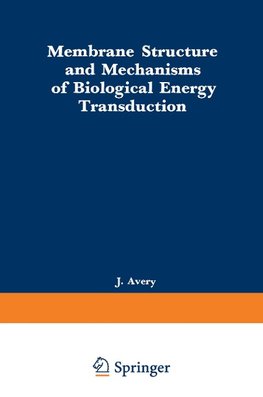
-
 Anglický jazyk
Anglický jazyk
Membrane Structure and Mechanisms of Biological Energy Transduction
Autor: J. Avery
The problem of electron transfer phosphorylation was first formu lated in 1939 by Belitser and Tsibakova I who introduced the "P: 0" criterion and showed that this ratio is more than 1. The authors noted that such a high value of the phosphorylation coefficient... Viac o knihe
Na objednávku, dodanie 2-4 týždne
49.49 €
bežná cena: 54.99 €
O knihe
The problem of electron transfer phosphorylation was first formu lated in 1939 by Belitser and Tsibakova I who introduced the "P: 0" criterion and showed that this ratio is more than 1. The authors noted that such a high value of the phosphorylation coefficient suggests a fundamental difference in the mechanisms of A TP formation coupled with respiration, and glycolysis, since in the latter case, the amount of the ATP synthesized is equal to that of the substrate utilized. A lot of hypothetical schemes were put forward to explain the nature of coupling between electron transfer and phosphorylation, but none of them solved the problem. Only quite recently, one hypo thetical scheme of energy coupling, viz. Mitchell's chemiosmotic concept, 2.3 was supported by experimental data which allow us to prefer it to alternative possibilities. In this paper, I shall try to substantiate the statement that oxidation and phosphorylation can be coupled via a membrane potential as was postulated by Mitchell.
- Vydavateľstvo: Springer US
- Rok vydania: 2012
- Formát: Paperback
- Rozmer: 229 x 152 mm
- Jazyk: Anglický jazyk
- ISBN: 9781468420180












